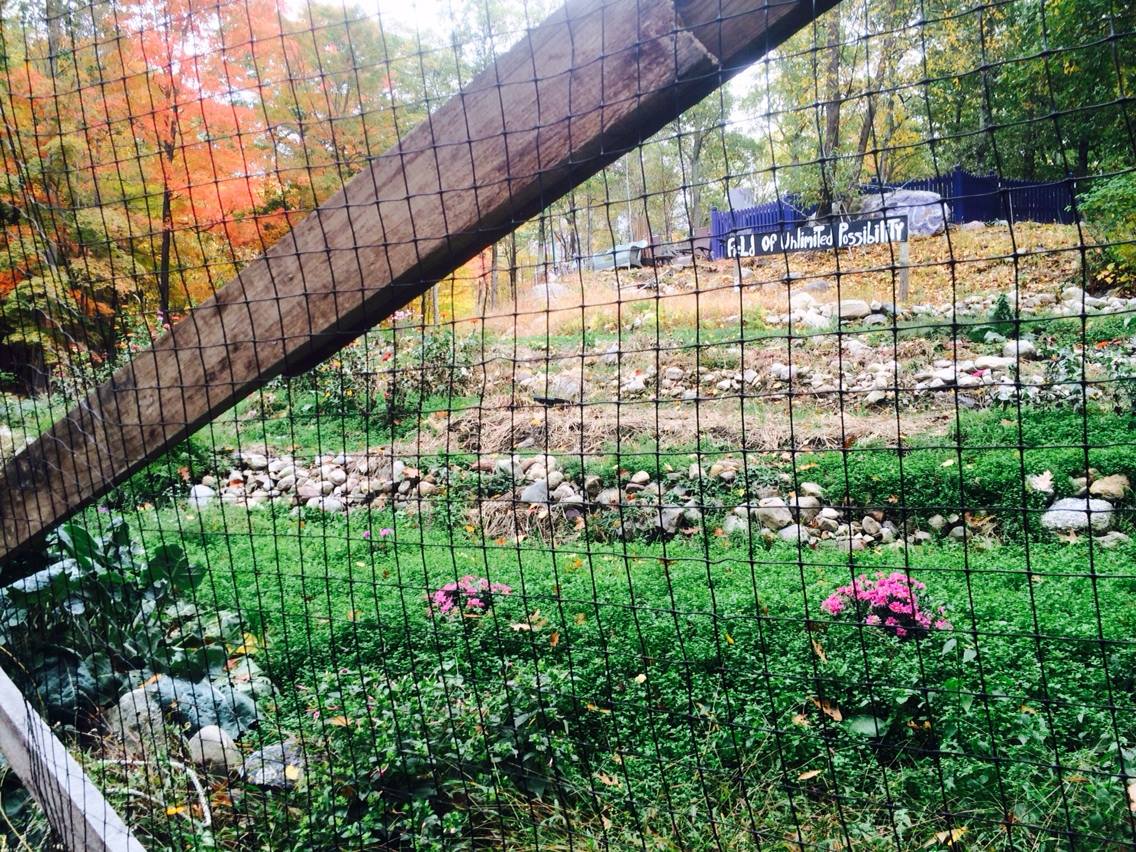Podcast: Play in new window | Download
Subscribe: RSS
057 – Did you know that anyone can build a vortex brewer? with guest Rocky Peruch
with host Linda Borghi
This podcast is made possible by funding from Farm-a-Yard and Farm-a-Yards’
Mighty Network. Please support our podcast and become a member
seed.Farm-a-Yard.com
In this episode my guest Angelo (aka Rocky) Peruch was a student that attended a 7-day conference on Star Island, NH in which I was the sole speaker. He was so inspired by the information that when he returned home he began implementing what he learned and built a 5-gallon vortex brewer. Not only did he build a brewer he started making compost, brewing compost tea and began vermicomposting.
Rocky was so kind as to give us the directions to build the brewer, including a materials list and a video which I have included below.
So……go ahead and build your own brewer and let us know how it went.
Links:
- https://youtu.be/MNo2S6XMaBA – How to build a vortex brewer
A list of what you will need :
So, here you see the components of my version of a vortex machine. In the Engineering profession, this is what we would call a proof-of-concept or Alpha prototype. It works well, so I haven’t felt the need to make any improvements.
Components include:
1 – 5-gallon bucket1 – Feedthrough fitting (water heater department)5 – 90 degree 3⁄4” PVC elbows1 – Coupling, 3⁄4” PVC to 1⁄2” pipe thread1 – Coupling, 1⁄2” pipe thread to hose fitting (at pump inlet) 1 – 800 GPH submersible pump (garden hose flow)1 – Tee fitting, 1⁄2” pipe to PVC (connects to pump outlet)3 – ball-type shut off valves1 – Tee fitting, 3⁄4” PVC to 1⁄2” pipe thread1 – Coupling, 1⁄2” pipe thread to hose end.1 – Cap for hose end1 – Small piece of garden hose2 – 45 degree 3⁄4” PVC elbows2 – Reducers, 3⁄4” PVC to 1⁄2” pipe thread (for flexible hoses) 2 – flexible hose assys2 – U-Clamps4ft of 1⁄2” vinyl tubing1 – Adapter, 1⁄2” tubing to 1⁄2” pipe thread1 – Cap, 1⁄2”
1 – small Fountain pump. (I used a Danner 120 GPH pump, but a smaller 70 GPH pump should also work).Small hose clamps1 – Large plastic bin with lid
About 4ft of 3⁄4” PVC tubing Blocks for bucket
All of these components can be purchased at your local hardware store and Pet or Garden store. Tools you will need are a PVC tubing cutter (much quicker and easier than a hacksaw), PVC primer and cement, electric drill w/ 1⁄4” drill bit (drain hole), 1” drill bit (feedthrough and inlet lines), round file (for inlet and feedthrough fittings) and an assortment of screwdrivers, pliers, wrenches, etc.
One thing that I want to point out is that my choice of a submersible pump was somewhat by accident, but it works in this application and is the reason for the large plastic bin. I purchased the pump at Home Depot and two different associates assured me that the pump did not have to be submerged (which is, what I guess I wanted to hear). So, taking their word for it (which is highly unusual for me, but somewhat fortuitous), I forewent reading the instructions and constructed my first prototype. Upon powering it up however, I noticed water leaking from the pump. I soon discovered that the pump diverts some of the intake water internally, through the pump and out through a small discharge hole in the rear of the pump. After researching some options for a non-submersible type
pumps, which are much larger and much more expensive, I decided to solve the problem by putting the bottom half of the machine in a large plastic tray so that the pump would be submerged. That solved the problem, but required that I periodically scoop some water from the plastic bin back into the bucket. This is the water that flows through the internal part of the pump and is discharged into the bin (about 700ml/min). I didn’t see this as a big issue as I need to attend the process anyway to reverse flow about every 2-3 minutes. Eventually, I decided to put another small pump in the bin to pump water from the bin back into the bucket. You will see this when I fire up the vortex machine. It’s your choice if you want to add the second pump or save some $$ and do it by hand. Again, you will need to attend the process, so it’s no big deal to do it by hand.
- http://farmayard.podbean.com/ – Podcast webpage
https://www.facebook.com/groups/farmayard/ – Facebook Movement Community
http://farm-a-yard.com – Join the Movement, get on our email list
https://www.facebook.com/letsfarmyouryard/ – Our Facebook
https://www.youtube.com/user/lborghi1?&ab_channel=Farm-a-Yard – Our YouTube channel
Music credit: “Insomnia” by John Sheehan. Used with permission.
